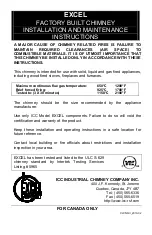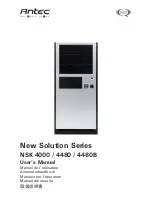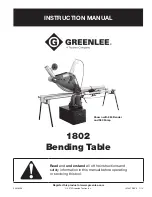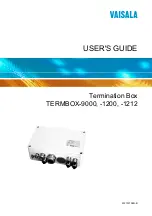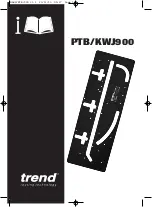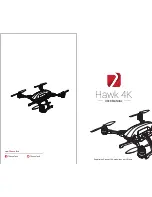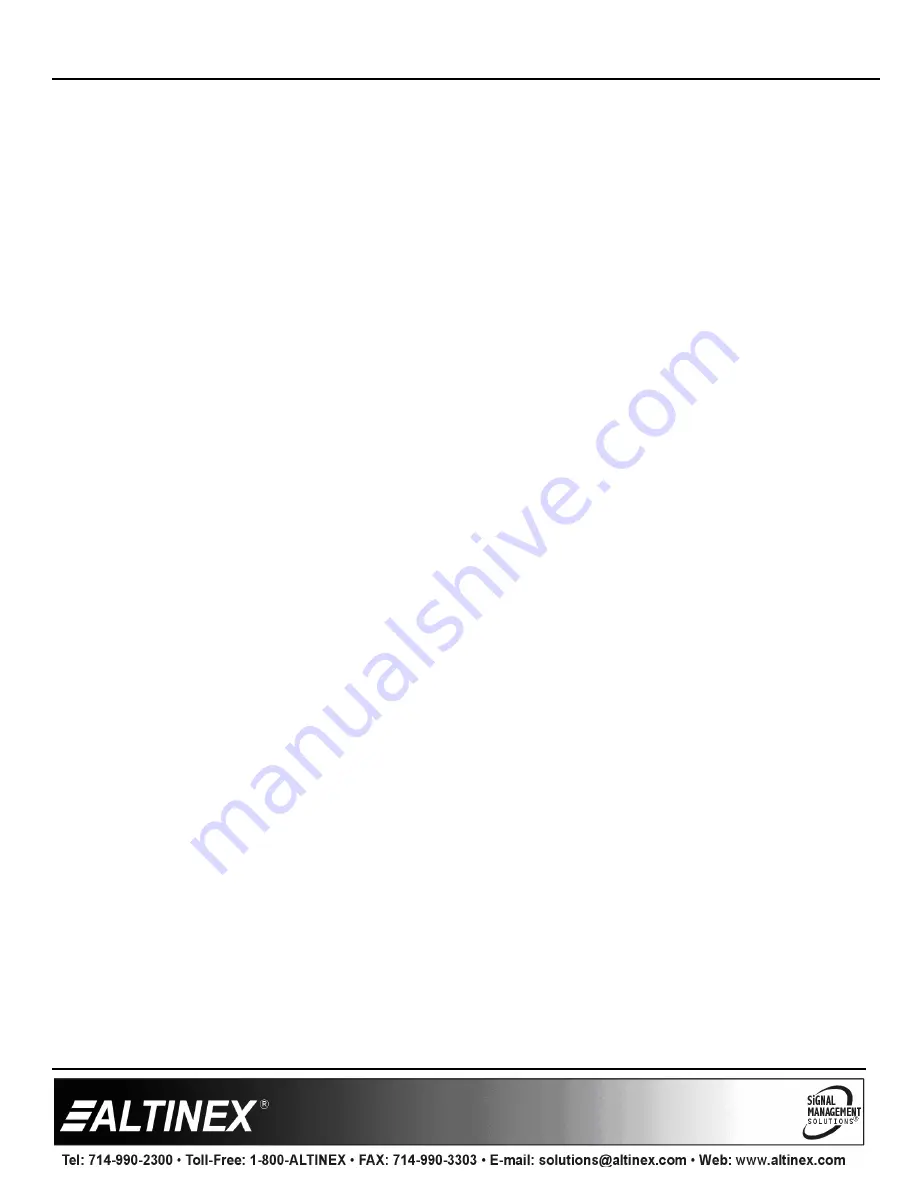
UT260-102
User’s Guide
400-0476-001
7
7. Operation
Users connect their device (phone, laptop, etc.) to one of the
input connectors/cables above the table surface. Their video
input is automatically routed to the HDMI output where it is
displayed on the external display. Auto-switch is the default
configuration, but may also be disabled for use with contact
closures or a control system.
7.1 LED Indicators
The front panel has four LEDs representing the four inputs.
The LEDs are off if there is no signal present, flashing if a
signal is present but not selected, and solid if an input signal is
present and displayed on the output HDMI connector. The rear
panel LED outputs function the same as those on the front
panel. The POWER LED is on and solid red when power is
applied. The OUT LED is off when there is no display
connected to the HDMI output, it flashes if a display is
connected but there is no signal present on the output of the
UT260-102, and solid when both signal and display are
present.
7.2 Input Selection
7.2.1 Auto-switch
By default, the UT260-102 is configured with auto-switch
enabled. In auto-switch mode, the switcher automatically
selects the last signal connected and displays its video on the
output. When an active input signal is removed, the switcher
automatically switches to the next available input in the
following order of priority: HDMI-A, HDMI-B, DisplayPort, and
finally VGA. Auto-switch can be disable and priorities changed
using the RS232 connection to reconfigure the switcher
defaults.
7.2.2 Input Select Contact Closures
The switcher rear panel terminal block connectors allow the
switcher to be controlled manually. Momentary switches can
allow users to select their video at will during a presentation.
See Diagram 3 for wiring details.
7.2.3 RS232 Control
A controller may also be used to control the switcher using the
RS232 commands in the next section. RS232 protocols can be
used to control the switcher or alter its default configuration.
7.3 RS-232 Control
The UT260-102 has many advanced remote-control
capabilities accessible through standard RS-232
communication. Control may be accomplished through a
computer, control system, or any device capable of RS-232
communication.
If the computer/controller in use does not have a DB9
connector for serial communication, use a USB to serial
adapter.
7.3.1 RS-232 Serial Port Settings
In order to configure the switcher or to control it using RS232
communication, make sure the communication software is set
for the following:
Baud Rate ........... 9600
Data Bits ............. 8
Stop Bits ............. 1
Parity................... None
Flow .................... None
The baud rate may be changed depending on the user
requirements. See the Description of Commands section for
details.
7.3.2 RS-232 Interface
The control commands for the UT260-102 are in a simple
ASCII character format and must include a carriage return
0x0D at the end of the command string.
7.3.3 Feedback from Switcher
Feedback from the switcher is enclosed in parentheses "
(…)"
and displays the new settings of the switcher.
7.4 Description of Commands
Each command consists of either an ampersand or question
mark, following by a command/query and finally a carriage
return.
Example:
? R <cr>
?
= Query
R
= Function (route)
<cr> = carriage return (0x0D)
Important: Commands must be sent in one contiguous group
without delay. For example, if you type the
characters by hand, the switcher will most likely
not recognize the command. Type the commands
and then paste them to a terminal window, or use
a controller to send the commands as a single
block.












